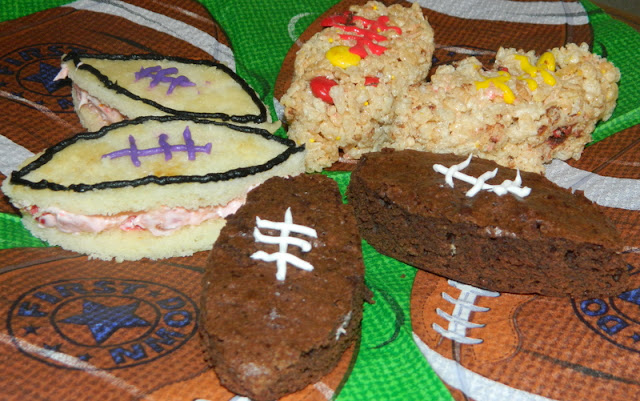The Grades Are In- 3/14/09
 I'm going to add a component to my fledgling blog. I mentioned in an earlier post that I put a grade for each dish I make from a cooking magazine next to that recipe's listing in the recipe index. I've graded recipes for years and use the grade as a quick way to see if a recipe I've made is worth making again. The rating is as follows; A means Excellent, B is Very Good, C is Average, and D is not worth the time. I don't even have an F because anything worse than average ... well, isn't worth making. The grading system is a bit basic, the teacher in me, I suppose. But using it helps me differentiate between that good dish and the outstanding one. I debated adding a grade for both flavor and ease
I'm going to add a component to my fledgling blog. I mentioned in an earlier post that I put a grade for each dish I make from a cooking magazine next to that recipe's listing in the recipe index. I've graded recipes for years and use the grade as a quick way to see if a recipe I've made is worth making again. The rating is as follows; A means Excellent, B is Very Good, C is Average, and D is not worth the time. I don't even have an F because anything worse than average ... well, isn't worth making. The grading system is a bit basic, the teacher in me, I suppose. But using it helps me differentiate between that good dish and the outstanding one. I debated adding a grade for both flavor and ease  of preparation but the truly outstanding dishes
of preparation but the truly outstanding dishesare worth the preparation. So I will only grade on flavor.
Tonight's dish actually used two recipes. One was the Leftover-Roast-Chicken Stock recipe on page 99 in this month's Gourmet that used the carcasses of the chickens I roasted on Tuesday. I actually made the stock on Wednesday, but since I didn't eat anything made from the stock, I didn't write about it until today. The chicken stock was pretty basic. It was darker in color than most other stocks I've made and a lot less saltier. I used the stock in the Leek and Pea Risotto with Grilled Calamari
 . The risotto was not as creamy as I would have liked. I really can't tell you why but I have a good guess. The brand of risotto I used is the same I've used before so that wasn't it. In fact, everything was the same as risotto I've made before except the stock. I usually use bouillon in my risotto. It's cheap and easy. And it has 740 milligrams of sodium in each teaspoon! That's 4440 milligrams of sodium in this recipe if I used the bouillon. The chicken stock I made didn't even call for salt. I'm no detective but I think this dish just needed more salt, maybe not 4440 milligrams, but some. Actually, the best part of the dish was the squid. I bought rings instead of whole squid, they were cheaper. The lemon vinaigrette was very good on the squid and even Eyrleigh was all about the squid. Tofu one night, squid the next, this kid is eating!
. The risotto was not as creamy as I would have liked. I really can't tell you why but I have a good guess. The brand of risotto I used is the same I've used before so that wasn't it. In fact, everything was the same as risotto I've made before except the stock. I usually use bouillon in my risotto. It's cheap and easy. And it has 740 milligrams of sodium in each teaspoon! That's 4440 milligrams of sodium in this recipe if I used the bouillon. The chicken stock I made didn't even call for salt. I'm no detective but I think this dish just needed more salt, maybe not 4440 milligrams, but some. Actually, the best part of the dish was the squid. I bought rings instead of whole squid, they were cheaper. The lemon vinaigrette was very good on the squid and even Eyrleigh was all about the squid. Tofu one night, squid the next, this kid is eating!Leek and Pea Risotto with Grilled Calamari- C (needs salt)
Leftover-Roast-Chicken Stock- C (needs salt)



Comments